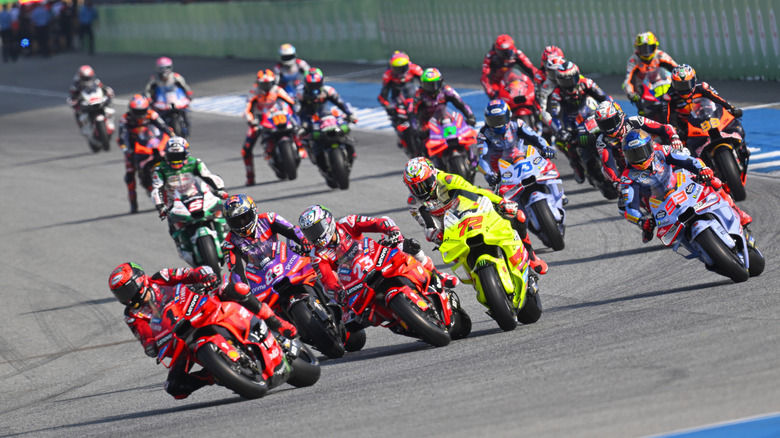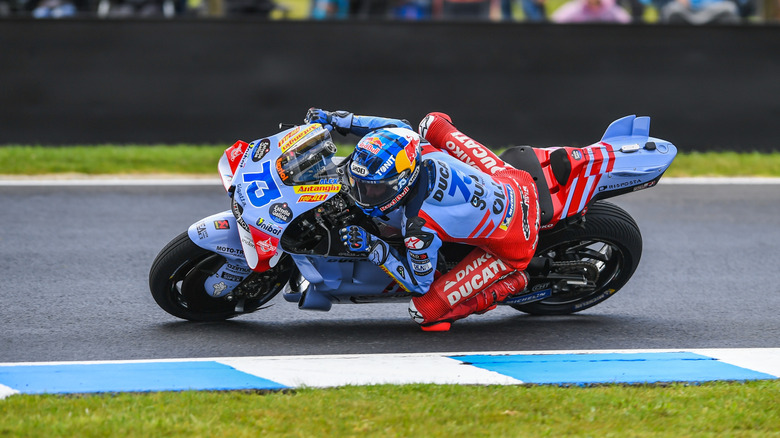Why Do Some Motorcyclists Put Their Knee Down?
If you've ever seen a motorcycle race, such as MotoGP, you may have noticed riders leaning into corners with one knee skimming the asphalt. It may look like a dramatic and dangerous stunt, but it's not reckless at all — it's strategic. This technique is called "knee dragging," and it's used by racers and advanced riders to improve control and cornering performance. It's all about maintaining precision and connection to the road. In professional racing, it's often the difference between maintaining control through a turn or losing precious seconds, or worse, the entire race.
The origin of knee dragging goes back to the 1970s, when racers like Kenny Roberts Sr. and Jarno Saarinen revolutionized how riders approached turns. Before that, riders stayed relatively upright even at high speeds. As racing evolved, so did riding techniques. Over time, the knee-down style became a symbol of peak performance in motorsport. What started as a clever maneuver is now seen as a mark of advanced skill.
How knee dragging improves grip, balance, and control
To the average onlooker, dragging a knee doesn't seem sensible, but for seasoned riders, it's a smart and strategic move that serves a very real purpose. When a rider leans into a corner and extends their knee, they're gathering vital feedback from the road. That slight brush against the asphalt helps them gauge the lean angle with precision, acting almost like a sensor for how far the motorcycle can lean.
There's also a deeper science behind it. By hanging off the side of the bike and putting their knee down, the rider shifts their body weight to the inside of the turn. This shifts the combined center of gravity lower and lets the bike stay more upright. The result? You get better tire grip, improved control, and a reduced risk of a crash. In racing, even the smallest tricks, such as knee dragging or mastering the screwdriver grip, can transform the bike's handling, providing an edge in both performance and confidence.
How racers push limits with body position
These days, riders can lean deeper into corners than ever before, all thanks to advanced technology. For instance, MotoGP legends like Marc Márquez and Valentino Rossi have pushed knee dragging to its absolute limit, sometimes going so far that their elbows, shoulders, or even helmets touch the track mid-turn. This extreme lean is backed by years of experience, honed instincts, and gear built to handle the pressure. Reinforced sliders, aerodynamic suits, and even bike ergonomics all play a part in making these positions possible and safe.
However, riders don't just stop at knee dragging. Some, like Rossi, have introduced new techniques that involve even more creative body positioning. Rossi's famous "leg wave," where riders stick one leg off the bike during hard braking, is one such example. The move shifts body weight forward and slightly outward, increasing stability and adding aerodynamic drag. That helps slow the bike and apply counter-steering force just before entering a turn. When you're riding at 200 mph, these small body movements can make a world of difference.


